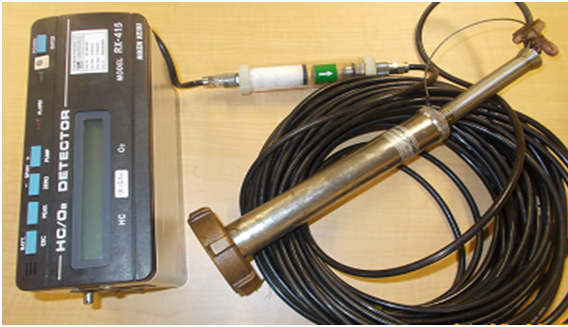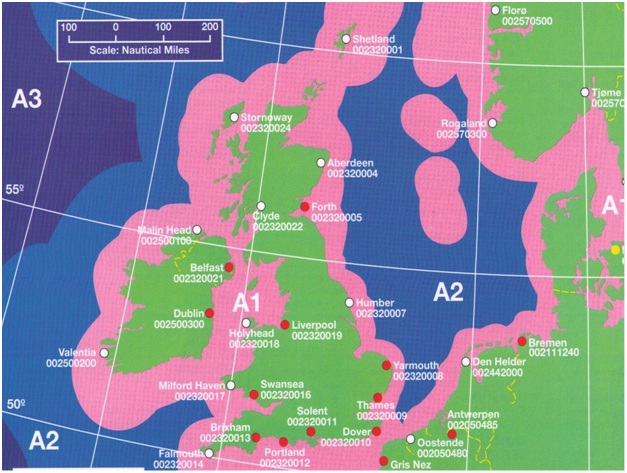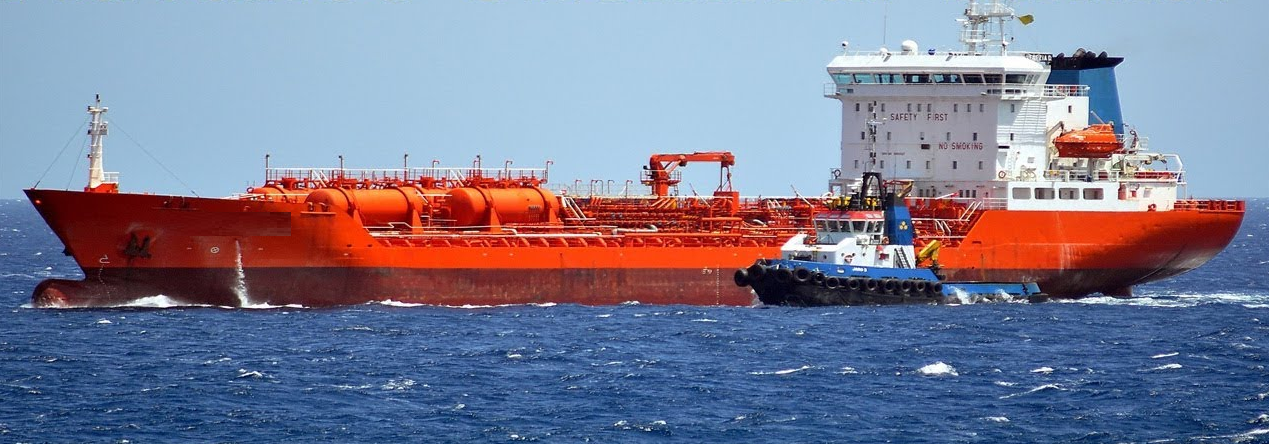Tanker Terminology
1)Anti static substance:- A subs added to petroleum product to raise its electrical conductivity to 50 pico-siemens/m to prevent accumulation of static electricity.
2) Auto-ignition:-The temp at which material catches fire without initiation of spark or flame means at which self sustaining fire occurs.
3)Enclosed space:- A space has limited entry and exit, unfavourable natural venting condition and not designed for continuous worker occupancy.
4)Closed operation:-During closed operation ships require closed fixed gauging system/vapour lock gauging system manually to monitor tank content.
5)Explosion proof:-Electrical equipment certified as explosion proof as capable of withstanding explosion within hydrocarbon gas or mixture.
6)Flame arrestor:- A permeable matrix of metal or heat resisting material which cools intense flame on the other side of arrestor.
7)Flame screen :-Wire woven matrix which prevent passage of flame for short period.
8)Flash point :- The lowest temp at which liquid gives off sufficient vapour to form a flammable mixture.
9)Gas free:-Fresh air introduced into tank to lower flammability ,toxicity, or inertness of tank for man entry or hot work.
10)Insulating flange:-A flange joint incorporating insulating gasket,steeve,washer to prevent electrical continuity between ship and shore.
11)Metacaptan :-Naturally occurring organic chemicals containing sulphur present in crude oil.
12)Pour point:- Lowest temp at which petroleum product remain in liquid state.
13)Purging:-Inerting of tank to lower oxygen content and HC content t a level below which combustion can not be supported.
14)Pyrophoric iron sulphide:-Capable of rapid exothermic oxidation when exposed to air causes potential ignition of flammable hydrocarbons.
15)RVP:-When vapour pressure of liquid is measured in reid apparatus to a temp 37.8◦c and to a ratio of gas to liquid 4:1.
16)Relaxation time:-(i.e30 sec typically for static accumulator liquid):-Time taken to dissipitate electrostatic charges is regarded as relaxation time.
17)Settling time:-Time required to settling of tank for further static electricity generation(i.e 30 mins)
18)Spike crudeoil:-Crude oil blended with liquefied gas or condensate.
19) Spread loading:-NO of tank simultaneously loaded to avoid static electricity generation when load when ldg static accumulator oil.
20)TLV:-TLV limit value of a substances under which airborne concentrations all worker exposed day after day without any adverse effect .
TWA:-For 8 hrs a day-Expressed in ppm.
STEL= 15MINS-PPM
TLV:-Air borne concentration of substance under which worker may be exposed day to day without any adverse effect on health.
21)Topping off:-Complete ldg. Of tank t o a reqd. Ullage.
22)Topping up:-Introduction of IG gas to present ingress of air.
23)ROB:-Remaining on board.
Sediments and water(s& w):-Foreign material existing with petroleum product.
TOV:-Cargo not segregated from FW,Sediments at obs temp is termed as total obs vol.
GOV:-Cargo segregated from FW.OBQ.Slops T obs temp is termed as Gross obs vol.
GOV=TOV-FW-OBQ-SLOP.
NOV:-Loaded vol of oil at obs temp.
NOV=GOV-sediments aw water.
24)Hydrometer:-Used for measuring density and graduated for density
accuracy= +- .2% to.4%, Built in thermometer.
25)Evaporation:-Boiling water rapidly evaporates to gas. Water or crude oil evaporates at normal temp. Due to movement of molecule,molecules gets energy & evaporates. Crude oil has no exact boiling point.Light oil evaporates quickly.All tanks provided with PV valve and v/v operates if tank pr is too low or high.
26)Ballasting:-Ballasting carried out considering wx and cond.
Upto 4 force = 30% of DWT
4-6 force =37% OF DWT
6 & ABOVE=42% OFDWT
SBT tank contain sufficient ballast to achieve midship draft b4=(2+.02 LBP)m.
Ballast record is maintained.
27)Conversion unit:-Vol is measured in m3/usbblrs/cufeet.
1us bbls=.158984 m3
1cu feet=.0283169 m3
1 LT= 1.01605 MT
GSV= KL AT 15 ◦C
GOV= KL @ Nat.




